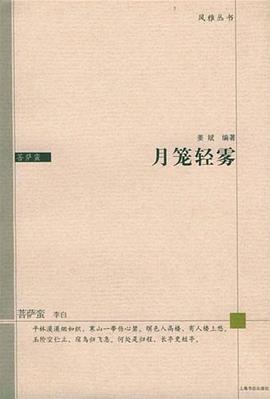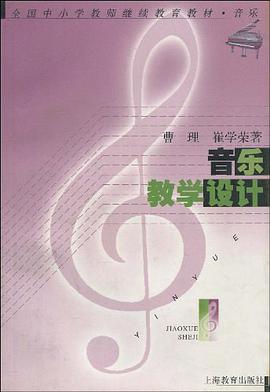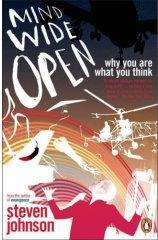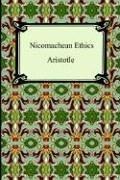

具体描述
Foreword Foreword At the turn of the nineteenth century, a wave of new technologies such as the steam engine, electricity, the loom, the railway, and the telephone emerged. Urbanization and the mass production of goods in large factories fundamentally changed how mankind lived and worked together. One hundred years later, the industrial revolution had not slowed down: At the turn of the twentieth century, automation, specialization, and a never-ending spiral of efficiency improvement have resulted in modern economies with unheard-of industrial productivity. After a phase of consolidation during the transition from the twentieth to the twenty-first century, globalization and virtualization have now become the key drivers of our economic lives. Without a doubt, they will yet again change how we live and work together. If we take a closer look at the past 20 years, we can observe that established business rules have been constantly redefined. New business models emerged; small companies quickly grew into billion-dollar multinationals, aggressively attacking other established companies. A wave of mergers, acquisitions, and buyouts changed the overall industrial landscape. IT has played a major role in all of this, be it through controlling production processes and supply chains or by creating real-time links between financial markets, thus virtually eliminating arbitrage opportunities by closing the time gaps of trading around the globe. The Internet boom and the "virtual enterprise" are cornerstones of this ongoing development. Entirely new products and services have been created, which would have been unthinkable without the support of modern IT. Without a doubt, today s modern enterprises are completely dependent on their IT. Consequently, today s IT is driven by the same dynamics as the enterprise itself. Today, we expect an extremely high level of flexibility and agility from our enterprise IT. During the post Internet-boom years, cost efficiency quickly became another key requirement, if not the most important one. Enterprise IT has changed as a result of the constantly increasing pressure. In the early days of enterprise computing, IT was merely responsible for providing storage and processing capacity, with more and more business logic being added throughout the decades. During the different boom phases in the 1980s and 1990s, a plethora of new applications emerged, often side by side with the information silos that had been developed in the previous 20 years. Today, the increasing cost pressure is forcing us to efficiently reuse existing systems while also developing new functionality and constantly adapting to changing business requirements. The term "legacy system" is now often replaced with "heritage system" in order to emphasize the value that lies in the existing systems. The increases in reuse and harmonization requirements have been fueled by the urgency of integrating the historically grown IT landscapes in order to improve IT efficiency and agility. As a result, we could observe at a technical level the emergence of middleware tools and Enterprise Application Integration (EAI) platforms in what can be seen as a post-RDBMS phase. While a lot of trial-and-error projects were executed in the 1990s, with more or less high levels of success, the development of EAI and middleware concepts has now been culminated in the principles of Service-Oriented Architecture (SOA), which can be seen as an important evolutionary point in the development of integration technologies. What is important about SOA is that it has taken away the focus from fine-grained, technology-oriented entities such as database rows or Java objects, focusing instead on business-centric services with business-level transaction granularity. Furthermore, SOA is not an enterprise technology standard, meaning it is not dependent on a single technical protocol such as IIOP or SOAP. Instead, it represents an architectural blueprint, which can incorporate many different technologies and does not require specific protocols or bridging technologies. The focus is on defining cleanly cut service contracts with a clear business orientation. At the Winterthur, as in any other large company, we have been facing all of the preceding issues of historically grown systems and information silos. We had to find a solution to increase our IT efficiency and agility. The Winterthur, with approximately 20,000 employees worldwide and over 130 billion Swiss franks of assets being managed (as of December 31, 2003), is a leading Swiss insurance company. As is the case with any well-organized company, we rely on our IT infrastructure to manage assets, products, processes, customers, partners, employees, and any other aspect of business life. Our core business systems are based on highly reliable mainframe computers that we invested in over the past decades. However, like most other enterprises relying on mainframes for their back-end systems, we saw the increasing need over the years to open up these back-end systems. The main reason for this was to enable reuse of the core business logic and data on these systems for new Internet and intranet front-end systems on nonmainframe platforms such as UNIX and Windows. To facilitate this development, we built up an application and integration platform, which laid the technical basis for Winterthur s SOA. While the initial development started off at our core Swiss market unit, the platform is nowadays reused abroad, because of its success and the prevailing analogous technical requirements of other market units. Thus, we create the basis to realize synergies and enhance our international initiatives. Building on our technical platform, combined with our in-house experience in the area of SOA and with the experience that our holding company Credit Suisse Group has gathered in similar re-architectural efforts, we have been extremely successful. The Winterthur SOA has achieved the goal of opening up our back-end systems in new application development areas on other platforms. A solid SOA-based architectural approach is at the heart of our IT strategy. This book is important because it provides enterprise architects with a roadmap for the successful establishment of SOA at the enterprise level. While a lot of the underlying principles of the original Winterthur SOA have had to be derived from past experience and intuition due to lack of SOA literature at the time, this book provides a concrete guide, blueprints, and best practices for SOA architects. In addition to the Winterthur case study in chapter 15, you will find many more concrete examples of how large corporations have started to adopt the principles of SOA in their IT architectures. It is also very important that this book not only focuses on the technical aspects of SOA, but also places strong emphasis on the delicate issues of establishing SOA at the enterprise level, truly deserving the title Enterprise SOA . The SOA principles described in this book are the foundation on which enterprises can build an IT architecture that will satisfy today s most important IT requirements agility and flexibility at affordable costs. Martin Frick, Head of IT at the Winterthur Group /> class="navigation"> Copyright Pearson Education. All rights reserved.
作者简介
目录信息
读后感
评分
评分
评分
评分
用户评价
相关图书
本站所有内容均为互联网搜索引擎提供的公开搜索信息,本站不存储任何数据与内容,任何内容与数据均与本站无关,如有需要请联系相关搜索引擎包括但不限于百度,google,bing,sogou 等
© 2025 book.wenda123.org All Rights Reserved. 图书目录大全 版权所有




















